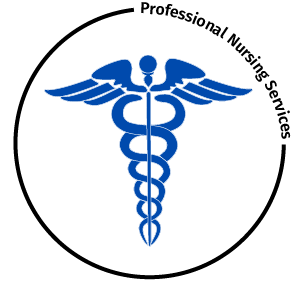What is GERD (acid reflux)?
Gastroesophageal reflex disease commonly referred to as GERD or acid reflux, is a condition in which the liquid content of the stomach regurgitates (back up or refluxes) into the esophagus. The liquid can inflame and damage the lining (cause esophagitis) of the esophagus although visible signs of inflammation occur in the minority of patients. The regurgitated liquid usually contains acid and pepsin that are produced by the stomach. (Pepsin is an enzyme that begins the digestion of proteins in the stomach. The refluxed liquid also may contain bile that has backed-up into the stomach from the duodenum. (The duodenum is the first part of the small intestine that attaches to the stomach). Acid is believed to be the most injurious component of the refluxed liquid.
GERD usually happens because the lower esophageal sphincter (LES) – the muscular valve where the esophagus joins the stomach – opens at the wrong time or does not close properly. Sometimes reflux causes the burning sensation of heartburn that most of us occasionally feel.
Most reflux occurs during the day when individuals are upright. In the upright position, the refluxed liquid is more likely to flow back down into the stomach due to the effort of gravity. In addition, while individuals are awake, they repeatedly swallow, whether or not there is reflux. Each swallow carries any refluxed liquid back into the stomach. Finally, the salivary glands in the mouth produce saliva, which contains bicarbonate. With each swallow, bicarbonate – containing saliva travels down the esophagus. The bicarbonate neutralizes the small amount of acid that remains in the esophagus after gravity and swallowing have removed most of the liquid.
Gravity, swallowing and saliva are important protective mechanisms for the esophagus, but they are effective only when individuals are in the upright position. At night during sleep, gravity is not in effect, swallowing stops, and the secretion of saliva is reduced. Therefore, reflux that occurs at night is more likely to result in acid remaining in the esophagus longer and causing greater damage to the esophagus.
What Causes GERD?
No one knows for sure why people get GERD. Although lots of different things may contribute to the condition, doctors believe that the way the LES works is the main reason why people have gastroesophageal reflux.
The LES is a muscular ring at the bottom of the esophagus where it joins the stomach. As a person swallows, muscles in the esophagus move the food down in to the stomach. The LES relaxes just enough to allow food and liquids into the stomach, but then the powerful muscles in the LES contract (tighten) to stop food and liquids from moving back up the esophagus. In other words, the job of the LES is to prevent reflux.
Sometimes, though, the LES might not be able to do its job for various reasons. In some peoples, the LES doesn’t tighten properly. In other cases, the LES doesn’t close quickly enough or at the right time, allowing stomach contents to wash back up.
If a person has eaten way too much, the stomach may be so stretched full that LES can’t do its job properly.
Signs and Symptoms of GERD
The possible manifestations of GERD are many and varied.
- A sore, raw throat or hoarse voice
- A frequent sour taste of acid, especially when lying down
- A feeling of burping acid into the mouth
- Trouble swallowing
- A feeling that food is stuck in the throat
- A feeling of choking that may wake someone up
- A dry cough
- Bad breath
- Irritability or pain
- Swallowing increased
- Grimacing
- Vomiting
- FTT
- Regurgitation
Predisposing Factors
- Non-ambulatory
- Scoliosis
- Cerebral palsy
- Use of anticonvulsive therapy
- Severity of mental retardation
Other Factors
Gastrostomy feeding. Two studies compared the presence of gastrostomy feeding in people with and without GERD. In one study GERD patients more frequently had gastrostomy feeding. In the other study no differences were found. Three studies were included that evaluated the presences of GERD after placement of a gastrostomy tube. In these studies the subjects were not diagnosed as GERD patients before placement. No further anti-reflux surgery was done (e.g. Nissen fundoplication). The percentage of subjects who developed GERD afterwards was 60%, 27% and 6% respectively. It can be concluded that gastrostomy feeding may trigger GERD, but the evidence is not firm
Treatment for GERD
- Recognize symptoms, vent GT during periods of reflux to prevent aspiration.
- Allow vomiting via GT to avoid risk of aspiration.
- Medications prescribed by doctor. Antacids (Maalox), acid blockers (Zantac, Pepcid).
- Remain upright after GT feeding and meals to enhance gravity and prevent aspiration / pneumonia.
- Monitor volume of food – if volume is increased then reflux will increase.
- Surgery – Nissen which will tighten the LES sphincter, back-up the stomach and esophagus.
